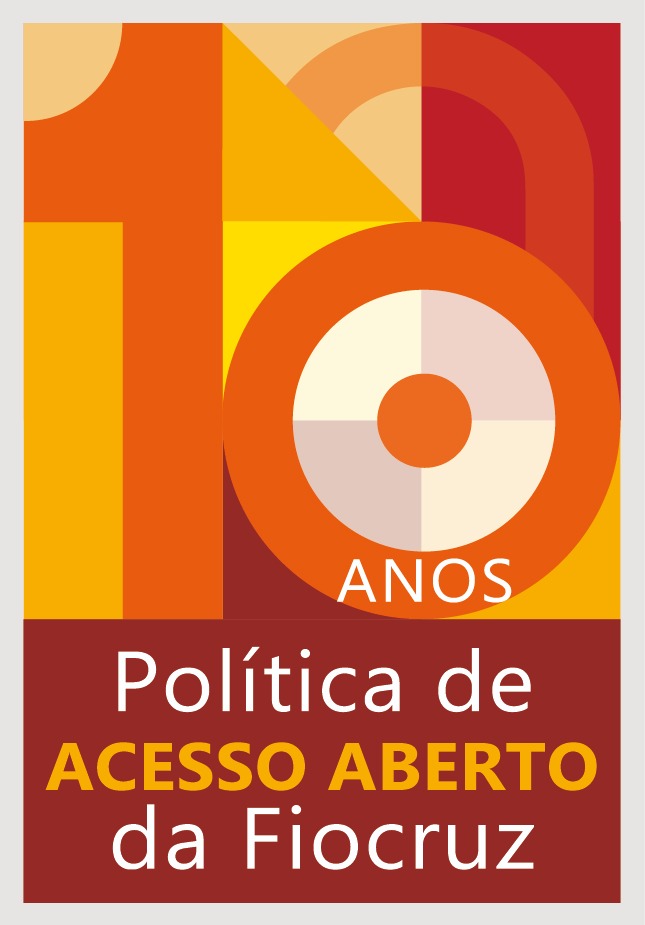Study shows low Aedes aegypti competence for transmitting the zika virus
05/03/2021
Lucas Rocha (IOC/Fiocruz)
An important step to understanding the dynamics of arbovirus transmission, such as dengue fever, zika and chikungunya, is to get to know mosquitoes’ ability to get infected and to transmit the viruses that cause these diseases. This characteristic is technically known as vectorial competence. A study by researchers of the Oswaldo Cruz Institute (IOC/Fiocruz) showed that the Aedes aegypti has low vectorial competence for the zika virus when feeding directly on infected monkeys. The work suggests that virus transmission is much more affected by the high density of the insect in a certain region than by the vectorial competence of the mosquito. The findings reinforce the need to reduce the number of vectors as an important prevention measure. The research, led by specialists of the Laboratory of Hematozoa Transmitting Mosquitoes and of the Laboratory of Technological Development in Virology of the IOC, was published in Viruses.

Photo: Josué Damacena, IOC/Fiocruz
To achieve this result, researchers used two different populations of Aedes aegypti in the municipality of Rio de Janeiro, from the neighborhoods of Manguinhos, in the northern part of the city, and Urca, in the southern area. The insects were raised under controlled conditions of humidity and temperature at the Fiocruz headquarters, in Rio de Janeiro. When they reached adulthood, the mosquitoes were fed on different days, directly from six Rhesus monkeys (Macaca mulatta) infected by the zika virus. The period of viremia, when the virus is circulating in the animal’s blood, lasted up to eight days after inoculation.
Vectorial competence was analyzed 3, 7, and 14 days after the mosquitoes fed on infected monkeys. The virus was only identified in a small number of the mosquitoes that fed at peak viremia, on the second day after the primates were infected. Of a total of 366 mosquitoes analyzed, only 15 tested positive for the virus, resulting in a global infection rate of about 4%, regardless of the population of mosquitoes tested. Among the positive individuals, half showed viral dissemination to their heads. Overall, only two of the 366 mosquitoes had viruses in their saliva, a decisive factor for transmission.
The study highlights that, considering only the mosquitoes that were successfully infected (15), dissemination rates, as well as transmission rates (presence of viruses in the saliva), varied from 50 to 100%. This figure suggests that, once infected, the Aedes aegypti is highly likely to have the virus spread in its body and to therefore be able to be transmitted.
“It is likely that the transmission of the zika virus is more impacted by a high density of the vector than by the mosquito’s infection ability. It is, therefore, crucial to strengthen the strategy of fight against vector proliferation. With ten minutes a week it is possible to eliminate breeding sites in households and interrupt the mosquito’s development cycle”, highlighted Ricardo Lourenço, the study coordinator.
The researcher explains that almost all studies of vectorial mosquitoes when it comes to the zika virus are carried out using artificial feeding of animal blood preparations containing high levels of virus. However, he says, the current study has simulated the most common scenario of human infections in nature, as it made tests with the mosquitoes feeding directly on primates, Rhesus monkeys, considered the experimental model closest to humans for this virus.
The study also boasts the participation of the Immunobiological Technology Institute (Bio-Manguinhos/Fiocruz) and of the Institute of Science and Technology in Biomodels (ICTB/Fiocruz). The research was funded by the Oswaldo Cruz Foundation (Fiocruz), the National Council for Scientific and Technological Development (CNPq), the Carlos Chagas Filho Foundation for Research in the State of Rio de Janeiro (Faperj), the National Institute of Health, and the 2020 Horizon program of the European Union, through the ZIKA Alliance Consortium.




